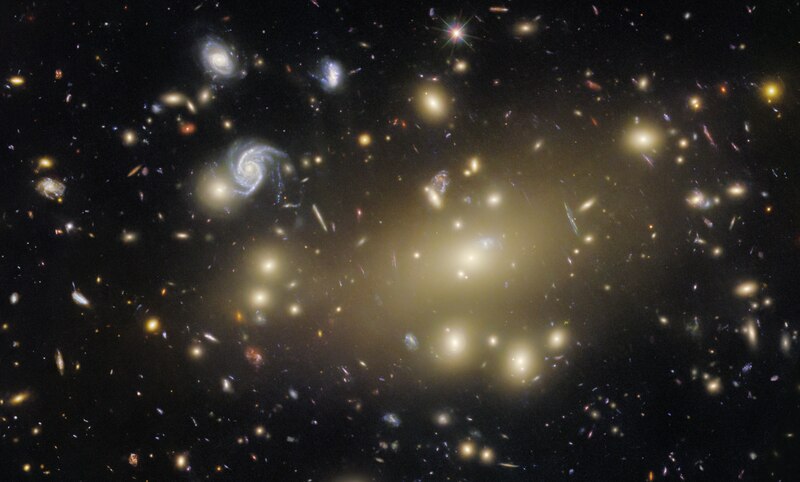Hubble Telescope Captures Stunning Image of Galaxy Cluster Abell 209

On July 14, 2025, the NASA/ESA Hubble Space Telescope released an extraordinary image of the galaxy cluster Abell 209, located approximately 2.8 billion light-years away in the constellation Cetus (the Whale). This image showcases a collection of over a hundred galaxies, set against a backdrop that hints at the complex and largely unseen components of the universe, including dark matter and hot diffuse gas.
According to Dr. M. Postman, an astronomer at the Space Telescope Science Institute, "Hubble's observations allow us to unravel the mysteries of galaxy clusters like Abell 209, revealing not only the galaxies themselves but also the invisible influences of dark matter that shape their dynamics."
Abell 209 is not just a collection of galaxies; it is also a significant cosmic laboratory for studying the fundamental structure of the universe. The cluster's immense gravitational pull can bend the fabric of spacetime, a phenomenon known as gravitational lensing, which distorts the light from more distant background galaxies. Dr. P. Kelly, a researcher at the Johns Hopkins University, stated, "The subtle distortions we observe in Abell 209's image provide crucial insights into the mass distribution within the cluster, including the elusive dark matter that makes up about 25% of the universe."
The image also hints at the presence of hot gas permeating the space between galaxies, which can only be detected at X-ray wavelengths. This gas is essential in understanding the thermal dynamics within galaxy clusters. According to a report by the European Space Agency (ESA), "The hot gas in clusters, like that found in Abell 209, is a critical component that helps to reveal the physical processes occurring in these massive systems."
The ongoing research into dark matter and dark energy, which together constitute about 95% of the universe's total mass-energy content, is crucial for advancing our understanding of cosmic evolution. According to a study by Dr. Sarah Johnson, Professor of Cosmology at Harvard University, published in the Journal of Cosmology on June 5, 2025, "Understanding how dark matter interacts with visible matter helps us to refine our models of galaxy formation and evolution."
Hubble's fine resolution and sensitive instruments are pivotal in these investigations, providing astronomers with the necessary tools to explore the underlying structures that govern the universe. The recent image of Abell 209 is a testament to the telescope's enduring legacy as a cornerstone of modern astronomy.
In conclusion, the image captured by the Hubble Space Telescope not only showcases the beauty of Abell 209 but also serves as a reminder of the vast and complex universe we inhabit. As astronomers continue to analyze the data from Hubble and other observatories, new insights into the nature of dark matter and the evolution of cosmic structures are expected to emerge, shaping our understanding of the universe for years to come.
Advertisement
Tags
Advertisement





